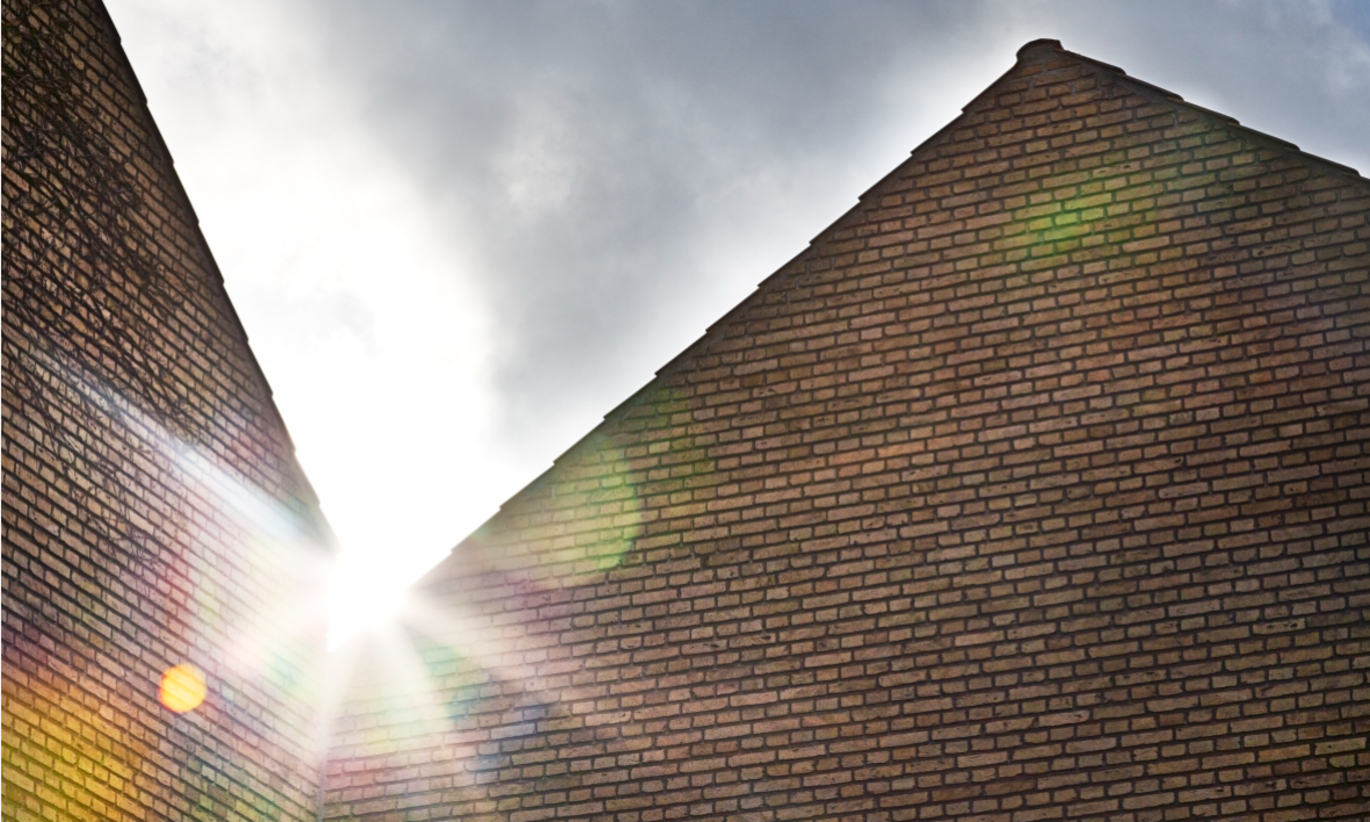Aarhus University at the forefront of groundbreaking project against nitrous oxide emissions from agriculture
We’re excited to share that Land-CRAFT at Aarhus University has been prominently featured in the groundbreaking SmartField project. Supported by the Novo Nordisk Foundation, this initiative aims to reduce nitrous oxide (N₂O) emissions from agriculture by up to 30% by 2030. Led by Professor Klaus Butterbach-Bahl, Land-CRAFT is spearheading key scientific contributions that will drive innovation and sustainable farming solutions across Denmark. Stay tuned as we help shape the future of climate-friendly agriculture!

Aarhus University Leads SmartField Project to Reduce Nitrous Oxide Emissions from Agriculture
Aarhus University recently published an article and announces that the university is proud to be at the forefront of SmartField, an innovative project dedicated to addressing the urgent challenge of reducing nitrous oxide (N₂O) emissions from agriculture. With funding of up to DKK 134 million from the Novo Nordisk Foundation, this groundbreaking five-year initiative (2024-2029) aims to develop and test new technologies and cultivation strategies that can lead to a 20-30% reduction in N₂O emissions from Danish agriculture by 2030.
Agriculture accounts for a significant portion of global N₂O emissions, which contribute up to 6-7% of man-made greenhouse gases worldwide. The SmartField platform seeks to bridge gaps in measuring these emissions and accelerate the implementation of practical solutions that can benefit both farmers and the environment.
Aarhus University’s Role
Aarhus University plays a leading role in the SmartField project. Under the scientific leadership of Professor Klaus Butterbach-Bahl, Head of Land-CRAFT – Center for Landscape Research in Sustainable Agricultural Futures, the university is spearheading key aspects of the project:
- Field Measurement Infrastructure: Led by Christian Dold from the Department of Agroecology, this work package focuses on establishing advanced monitoring systems and “super sites” for continuous data collection, enabling precise measurement of N₂O emissions across Danish agricultural fields.
- Data Assimilation and Modelling Hub: Directed by Diego Abalos from the Department of Agroecology, this package develops state-of-the-art models that provide accurate estimates of nitrogen flows and N₂O emissions based on real-time field data.
- Science-Policy-Practice Interface: Coordinated by Jørgen E. Olesen from the Department of Agroecology, this package fosters collaboration between researchers, policymakers, and farmers. This forum will help bridge the gap between scientific research and practical application, ensuring that innovations are both effective and readily adopted.
Driving Innovation Through Collaboration
SmartField is built on a Triple Helix model, where academia, industry, and government work together to create lasting impact. The project involves close collaboration with the Danish Technological Institute, the University of Copenhagen, Colorado State University, and SEGES Innovation. By leveraging this cross-sector expertise, SmartField is set to make significant strides toward reducing agricultural N₂O emissions while maintaining productivity.
“Reducing nitrous oxide emissions is essential for the sustainable future of Danish agriculture. Through SmartField, we aim to provide practical, research-based solutions that farmers can adopt without compromising productivity,” says Professor Klaus Butterbach-Bahl.
Paving the Way for a Greener Future
With Aarhus University’s leadership and the collaboration of all project partners, SmartField is poised to become a crucial component in Denmark’s green transition. By integrating innovative technologies, refining measurement techniques, and promoting sustainable practices, the project aims to contribute to national and global climate goals.
For more information look up the original article here.